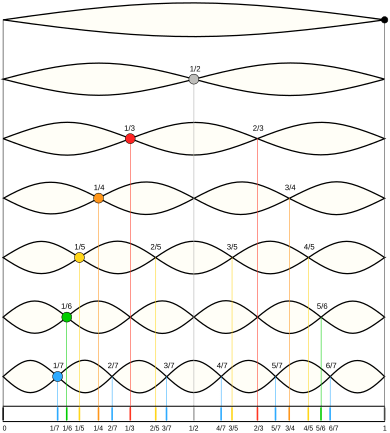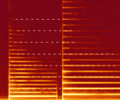Musical acoustics facts for kids
Musical acoustics is a cool subject that mixes many different areas of knowledge. It combines ideas from physics, how our brains understand sound (psychophysics), how musical instruments are built and classified (organology), how our bodies work (physiology), the rules of music (music theory), and even how music is used in different cultures (ethnomusicology).
Think of it as the science of how sounds are used to make music. It explores questions like: How do musical instruments create their sounds? How does the human voice work when we sing? How can computers analyze a melody? It even looks at how music can be used to help people in music therapy.
Contents
The Father of Musical Acoustics
Hermann von Helmholtz: A Genius of Sound
The person who really started the field of musical acoustics was Hermann von Helmholtz. He was a brilliant German scientist from the 1800s. He was a true polymath, meaning he was an expert in many different subjects! He was a doctor, a physicist, a physiologist, a musician, a mathematician, and even a philosopher.
A Groundbreaking Book
Helmholtz wrote a very important book called On the Sensations of Tone as a Physiological Basis for the Theory of Music. This book was revolutionary! It brought together many studies and new ideas. It completely changed how people thought about music theory, how music is performed, why we feel certain ways about music (music psychology), and how musical instruments physically create sound. It was a huge step forward in understanding the science behind music.
Images for kids
See also
 In Spanish: Acústica musical para niños
In Spanish: Acústica musical para niños



